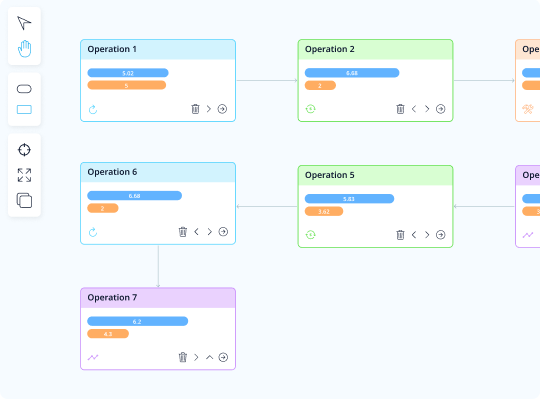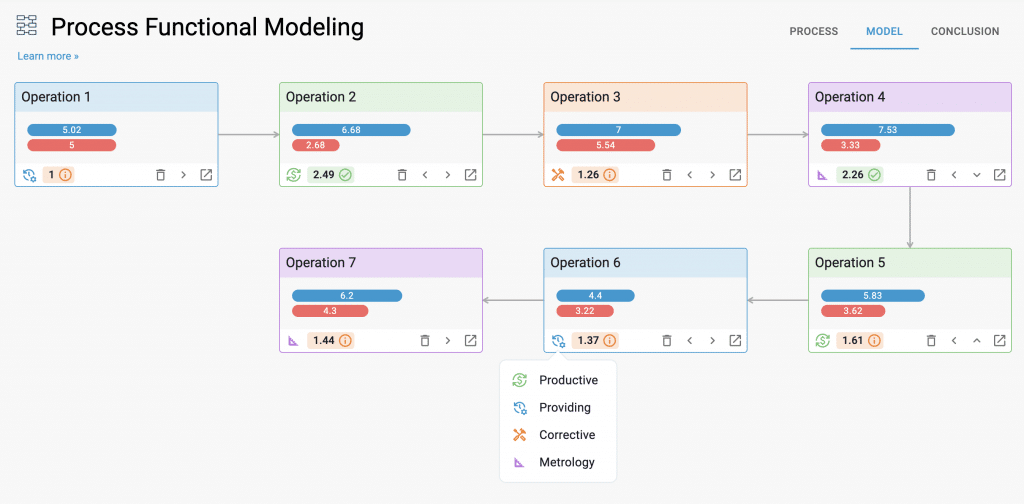creative tool

Process Functional Modeling (PFM) is an analytical tool to learn the process through modeling of different operations, solving problems, and defining ways to the improvement of any fabrication process. PFM is an extension of the System Functional Modeling (SFM) and it allows us to analyze the whole process vs one particular operation in the process.

Among many cases when Process Functional Modeling is useful for us as problem solvers and innovators, we want to highlight just a few:
Implementing PFM can lead to significant improvements in operational efficiency. By breaking down each operation within a process, organizations can pinpoint specific areas that require enhancement. This detailed understanding helps in reducing bottlenecks, improving throughput, and ultimately increasing overall productivity. Additionally, PFM facilitates better communication among team members as it establishes a clear and common understanding of the process, ensuring everyone is aligned with the goals and objectives.
As technology continues to evolve, the integration of advanced tools such as artificial intelligence and machine learning with PFM is becoming more prevalent. These technologies can enhance the analytical capabilities of PFM, allowing for real-time monitoring and more accurate predictions of process performance. Additionally, the increasing adoption of digital twins—a virtual replica of physical processes—enables organizations to simulate and test process changes in a risk-free environment before implementing them in the real world. These trends are set to further revolutionize the way businesses optimize their processes.